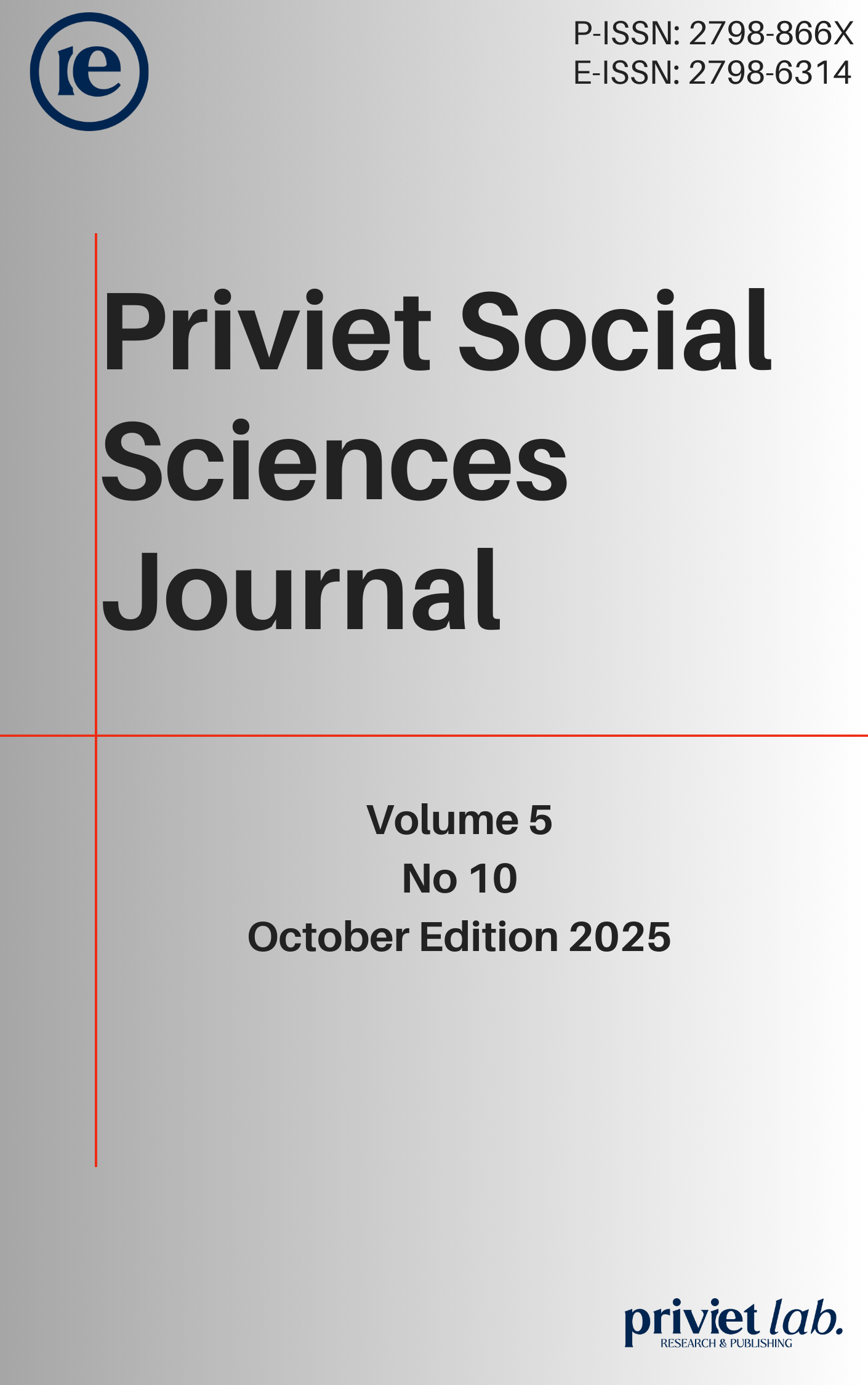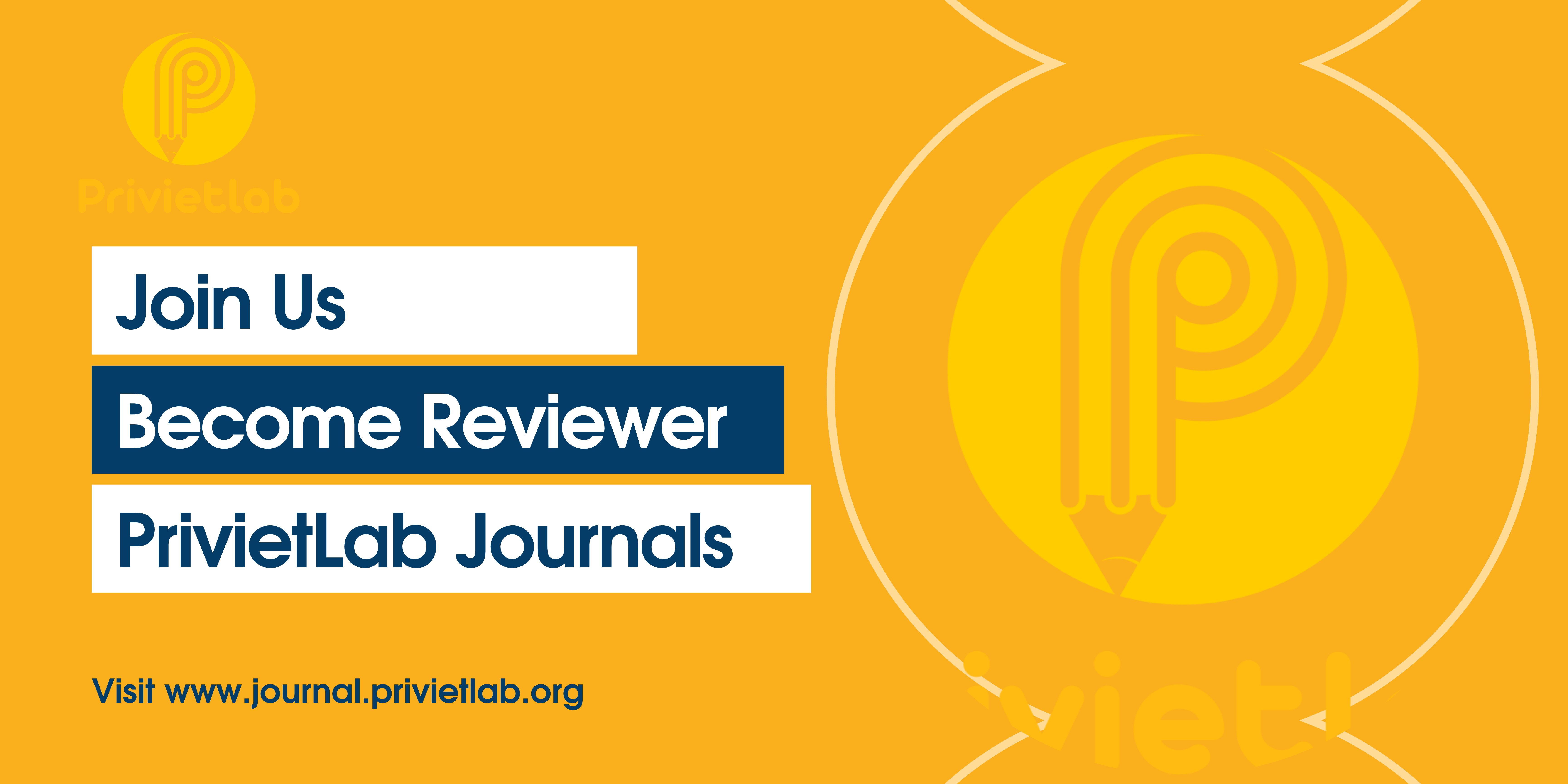The strategic role of women in economic growth through the lens of islamic economics in Indonesia
DOI:
https://doi.org/10.55942/pssj.v5i10.699Keywords:
Economic Growth, Islamic Economy, WomenAbstract
This study aims to analyze the strategic role of women as pillars of economic growth within the framework of the Islamic economy in Indonesia. A mixed-method approach was employed that combined quantitative and qualitative techniques. The quantitative method utilized Structural Equation Modeling (SEM) to measure the influence of women's variables on economic growth. Meanwhile, the qualitative approach adopted a literature review to analyze the structure of the Islamic economic framework in Indonesia. The results indicate that the Gender Development Index (GDI) significantly mediates and strengthens the influence of women-related indicators on economic growth. Women's education emerged as the most dominant factor, both directly and indirectly, followed by women's income. Meanwhile, female labor force participation and professional engagement exerted significant indirect effects on the GDI. These findings underscore the importance of inclusive gender-based development policies to support Indonesia’s sustainable economic growth. Furthermore, the analysis reveals that women’s involvement in economic sectors—particularly in the halal industry, Islamic microfinance, and the management of Islamic social funds such as zakat and waqf—has a significant impact on equitable and sustainable economic development. The Islamic economy provides a holistic value framework for empowering women as economic actors and agents of social transformation who maintain a balance between spiritual values and material progress. This study recommends the formulation of gender-inclusive Islamic macroeconomic policies and the enhancement of Islamic financial literacy and access for women. Thus, women’s empowerment in the Islamic economy is not merely a matter of equality but a strategic foundation for achieving just and sustainable national economic growth
References
Alwago, W. O. (2023). A partial least squares analysis of gender inequality, occupational segregation, and economic growth: Evidence from Sub-Saharan Africa. Regional Science Policy and Practice, 15(6), 1299–1316. https://doi.org/10.1111/rsp3.12677
Asaleye, A. J., & Strydom, K. (2025). Gender differential in economic participation, foreign aid and productivity: Pathway to broad-based growth. Socio-Economic Planning Sciences, 101(April 2023), 102250. https://doi.org/10.1016/j.seps.2025.102250
Barros, L., & Santos Silva, M. (2025). Economic shocks, gender, and populism: Evidence from Brazil. Journal of Development Economics, 174(September 2024), 103412. https://doi.org/10.1016/j.jdeveco.2024.103412
Bina, A., Optari, L. K., & Widiya, H. (2025). Income inequality across provinces in Indonesia: An empirical analysis of human development, economic performance, and labor market conditions. Priviet Social Sciences Journal, 5(6), 119–126. https://doi.org/10.55942/pssj.v5i6.617
Díaz-Fernández, M., Llorente-Marrón, M., & Méndez-Rodríguez, P. (2025). Disasters of natural origin, gender equality and GDP growth: a co-integration analysis for Latin America and the Caribbean. Environmental Development, 55(October 2024). https://doi.org/10.1016/j.envdev.2025.101252
García-Segarra, J., Hernandez-Arenaz, I., & Rey-Biel, P. (2025). Economic consequences of gender differences in behavior. Journal of Economic Psychology, 109(May), 102818. https://doi.org/10.1016/j.joep.2025.102818
Hidayat, A., & Tarihoran, N. (2020). Pengaruh Penggunaan Metode Qiro’Ati Dan Peran Teman Sebaya Terhadap Kemampuan Tahsin Al-Qur’an Siswa. Qathrunâ, 7(2), 1. https://doi.org/10.32678/qathruna.v7i2.3145
Iqbal, A., Hassan, S., Mahmood, H., & Tanveer, M. (2022). Gender equality, education, economic growth and religious tensions nexus in developing countries: A spatial analysis approach. Heliyon, 8(11). https://doi.org/10.1016/j.heliyon.2022.e11394
Maemunah R, N. A. H., & Safriadi, S. (2025). Negotiating gender, body, and identity: Women’s experiences in nature lovers organizations and societal perceptions in Makassar. Priviet Social Sciences Journal, 5(7), 83–95. https://doi.org/10.55942/pssj.v5i7.458
Mandel, H., & Rotman, A. (2025). Gender blindness in the research on the economic value of education: Theoretical and methodological causes and consequences. Research in Social Stratification and Mobility, 97(September 2024), 101049. https://doi.org/10.1016/j.rssm.2025.101049
Mane, E., Macchioni Giaquinto, A., Cafiero, C., Viviani, S., & Anríquez, G. (2025). Closing the gender gap in global food insecurity: Socioeconomic determinants and economic gains in the aftermath of COVID-19. Global Food Security, 45(March), 100850. https://doi.org/10.1016/j.gfs.2025.100850
Mubiinzi, G., & Mutumba, G. S. (2025). Economic growth through gender parity: Evidence from education, labour, and governance in Uganda. Social Sciences and Humanities Open, 11(December 2024), 101519. https://doi.org/10.1016/j.ssaho.2025.101519
Rai, S. M., Brown, B. D., & Ruwanpura, K. N. (2019). SDG 8: Decent work and economic growth – A gendered analysis. World Development, 113, 368–380. https://doi.org/10.1016/j.worlddev.2018.09.006
Safitriani, N. R., Ambarwati, V., Jannah, M., & Safitri, N. (2025). Analysis of macroeconomic factors affecting poverty levels in Indonesia using a dummy regression model approach. 5.
Sidiq, Y. H., & Erihadiana, M. (2022). Gender dalam Pandangan Islam. JIIP - Jurnal Ilmiah Ilmu Pendidikan, 5(3), 875–882. https://doi.org/10.54371/jiip.v5i3.502
Downloads
Published
How to Cite
Issue
Section
License
Copyright (c) 2025 Umar Umar, Evi Retno Cristiyan Dewi, Avrilia Jasnur, Mutiara Arlinda

This work is licensed under a Creative Commons Attribution 4.0 International License.

















